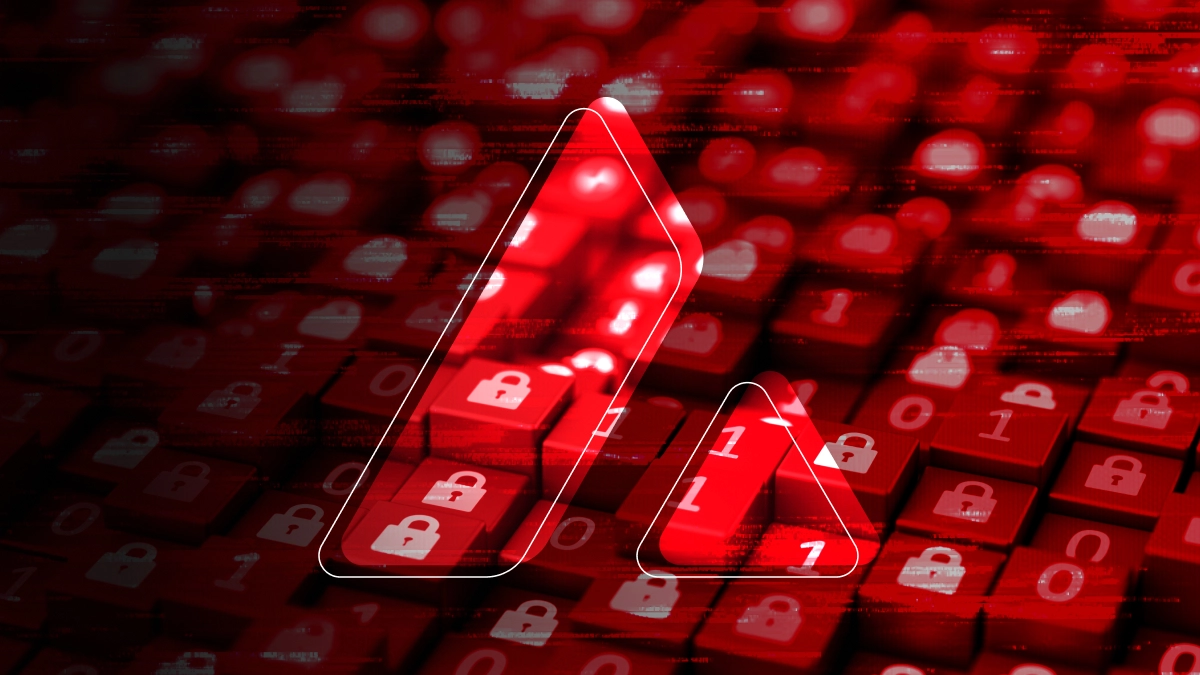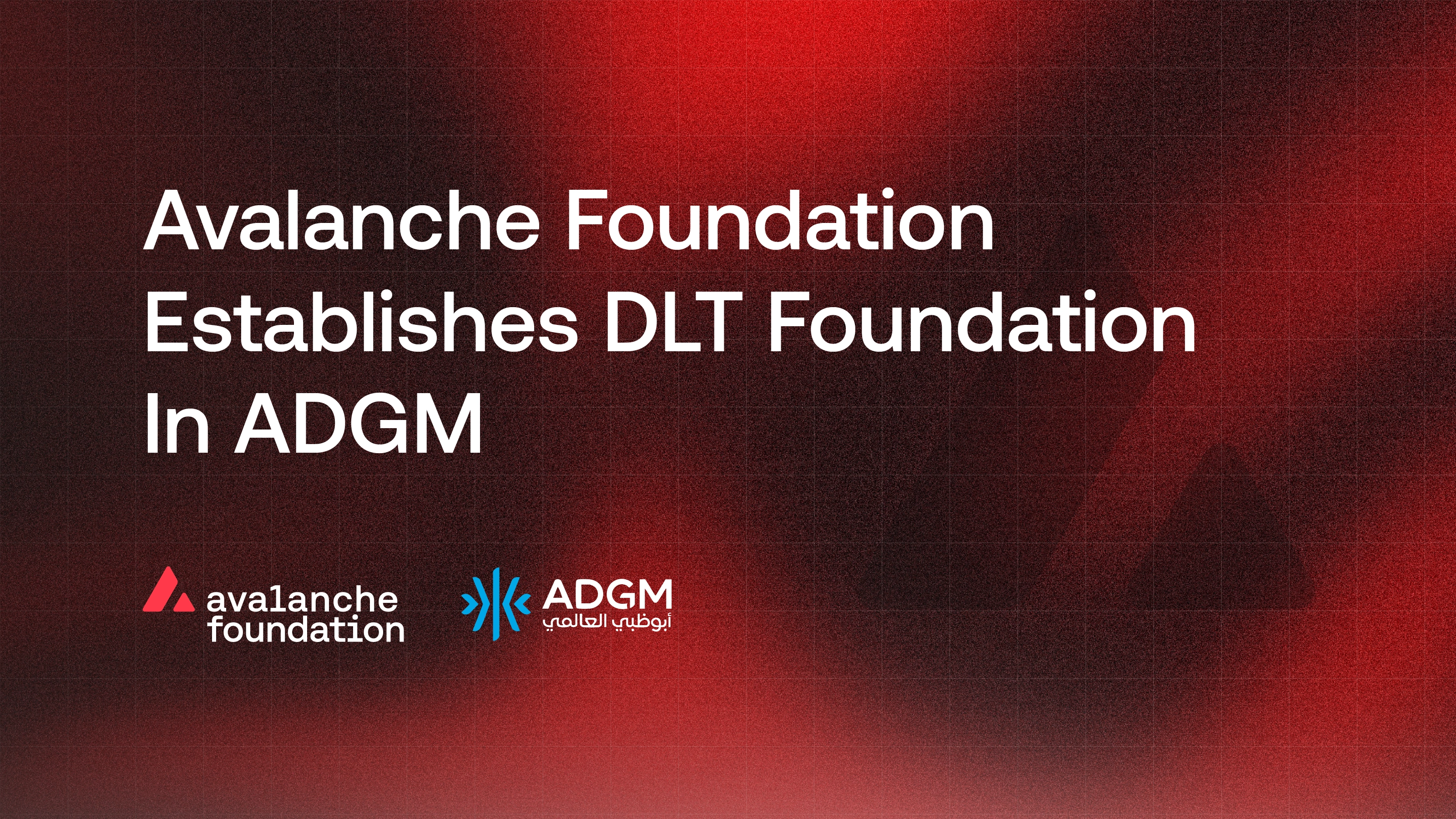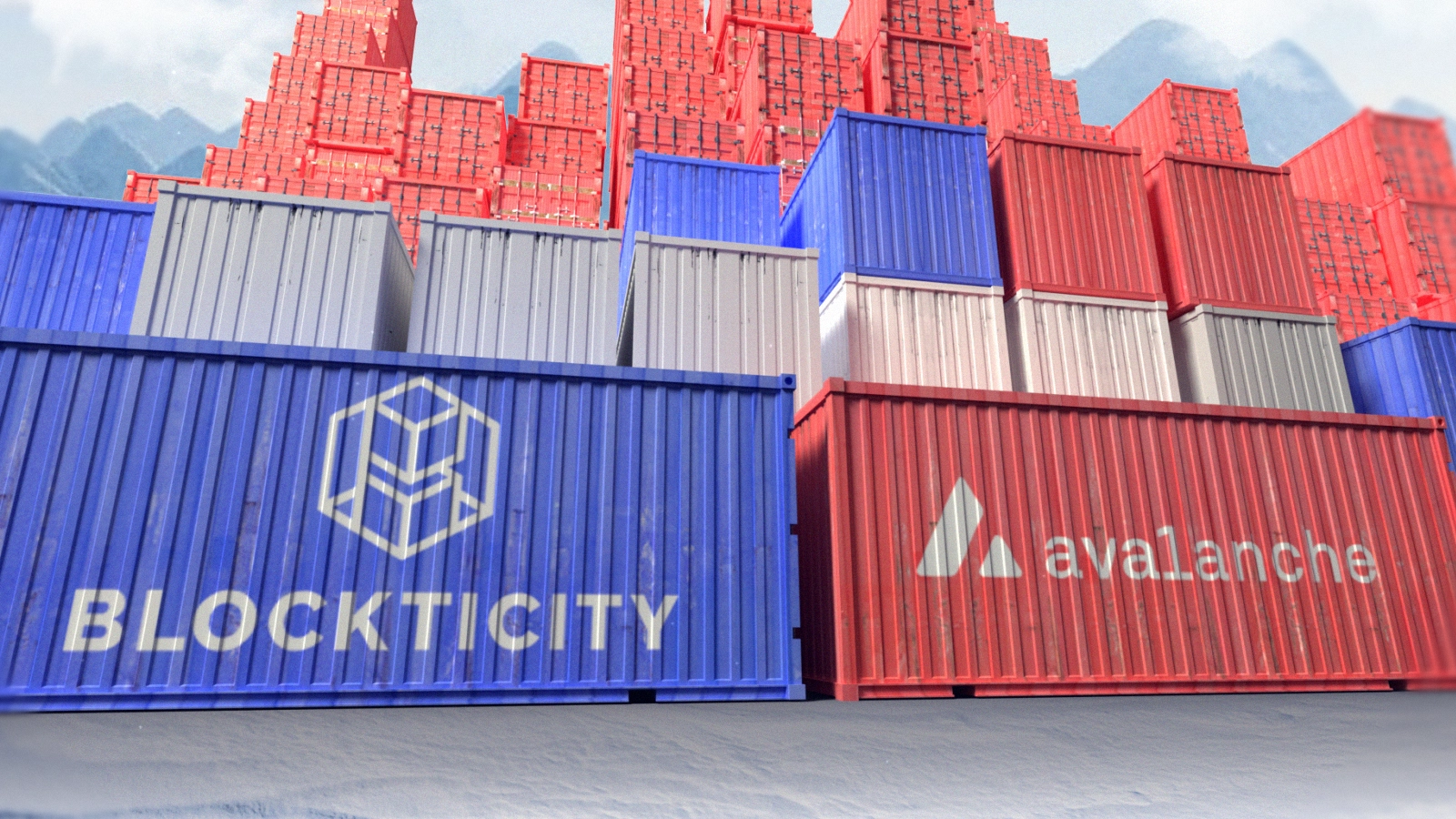How Blockchain Is Reinventing Government, and What Comes Next
How Blockchain Is Reinventing Government, and What Comes Next
Jul 3, 2025 / By Avalanche / 7 Minute Read

Done right, blockchain won’t just optimize government systems. It will help reimagine what governance can be.
Blockchain tech in government applications is no longer a hypothetical; it's a reality. Around the world, pilot programs, national initiatives, and cross-border collaborations prove that distributed ledgers can enhance public service delivery, ensure the integrity of records, and support digital sovereignty.
Yet even as governments and agencies see the clear value prop of blockchain tech, experts and early adopters alike still grapple with critical issues. These challenges range from legal ambiguity and integration headaches to scalability and talent shortages.
This article examines the state of blockchain adoption in government, where it’s working and where it’s headed. We’ll also dig into what technologists and policy architects must anticipate as public systems grow increasingly decentralized.
The Use Cases Are No Longer Just Experiments
For years, blockchain in government was synonymous with pilot projects and think tank whitepapers. But today, we are beginning to see enterprise-scale systems running on distributed ledgers in ways that directly affect citizens’ lives.
Digital Identity and Sovereignty
Governments worldwide are experimenting with self-sovereign identity (SSI) systems enabled by blockchain. In these systems, individuals own and manage their digital identities without a centralized authority.
Estonia’s e-Residency program remains the gold standard: it provides a blockchain-based digital identity to non-citizens, allowing them to register companies, sign documents, and access Estonian banking services securely from anywhere in the world. Unlike traditional digital ID systems, SSI shifts control from institutions to individuals, offering a privacy-respecting, interoperable way of interacting with state services.
India’s Aadhaar system, while not blockchain-based, has also inspired blockchain-layered enhancements in identity verification. In India and Africa, startups collaborate with public agencies to issue verifiable credentials (educational certificates, health records) that are recorded immutably on a chain and verified instantly across jurisdictions.
Land Registries and Property Rights
Land and property registries are among the most cited examples of blockchain’s practical value in government. The technology brings immutability and traceability to records that have historically been susceptible to corruption or human error.
Balcony, a real estate infrastructure company building on its own Avalanche L1, signed a five year agreement with the Bergen County Clerk’s Office in New Jersey, to digitize and tokenize the property records of over 370,000 parcels. Representing approximately $240 billion in real estate value, this is the largest blockchain deed tokenization project in U.S. history.
In the Republic of Georgia, the national land registry system was rebuilt using blockchain in collaboration with Bitfury. More than 1.5 million land titles have been recorded, and the digitized process has significantly shortened the time to conduct property transactions.
In a related project, the California DMV is digitizing 42 million car titles as part of an ongoing effort by the state to modernize the title transfer process for California drivers and DMV representatives. The DMV-run blockchain on Avalanche will streamline the vehicle title transfer experience for California’s 39 million plus residents.
Voting Systems with Tamper-Resistant Integrity
Blockchain-based voting offers a theoretically tamper-proof solution, but skepticism remains, both due to technical limitations and concerns about voter anonymity.
Nonetheless, use cases are growing. In 2018, West Virginia piloted a blockchain voting app for military personnel overseas. While the project was small in scope, it demonstrated that a secure digital vote, backed by biometric identification and a verifiable blockchain record, could work under limited, controlled conditions.
South Korea and Switzerland have also run pilots to test how blockchain could verify voter identities, tally votes transparently and publish immutable audit trails. But as of now, full-scale blockchain voting remains a highly experimental space, with cybersecurity researchers urging caution due to software vulnerabilities and coercion risks.
Transparent Supply Chains and Aid Distribution
In procurement, blockchain is helping eliminate opacity and fraud. The United Nations World Food Programme (WFP) launched the “Building Blocks” program to track cash-based transfers to refugees in Jordan. Instead of relying on banks or intermediaries, WFP uses a private chain to verify identities and record each transaction. Refugees receive aid through biometric authentication at participating shops, with every transaction logged and auditable on-chain.
The program has saved millions in transfer fees while creating a robust record of aid distribution that resists fraud. This model is now being considered for other humanitarian relief operations.
Barriers on the Road to Decentralized Governance
Despite the progress, blockchain’s path into government systems is not frictionless. Developers and policymakers alike must address several persistent challenges before mass adoption becomes viable.
Regulatory Uncertainty, Legal Ambiguity: Many countries lack coherent legal frameworks around blockchain, especially regarding data storage, immutability, and smart contract enforceability. Governments want transparency, but they also need to comply with laws regarding privacy like GDPR and HIPAA. In the U.S., regulatory guidance from the SEC and CFTC continues to evolve, and state-by-state legislation creates a fragmented environment.
Scalability and Cost: Government systems process massive volumes of data and transactions daily. Most public blockchains struggle with scalability, especially regarding latency and costs. Ethereum gas fees, for example, can render applications unusable at scale unless optimized via solutions added on that introduce new trust layers. Standards for digital credentials, identity verification, and contract formats are improving, but remain fragmented.
Integration with Legacy Systems: Most government IT infrastructure is decades old. Integrating blockchain into these systems is not a matter of replacing outdated tech with new. Integration takes a careful, detail-oriented approach. Developers need middleware layers, API bridges, and policy frameworks to ensure blockchain solutions can operate securely within the constraints of existing systems.
Security and Privacy Risks: While blockchain is secure by design, it is not immune to exploitation. Bugs in smart contracts have led to massive financial losses in DeFi protocols, a warning sign for government agencies that prize reliability over innovation. Government implementations may require encrypted data, zero-knowledge proofs, privacy tokens or permissioned architectures that restrict access while maintaining verifiability.
The Talent Gap: Perhaps the most practical challenge is a shortage of experienced blockchain developers. Governments often struggle to compete with private-sector salaries, and the specialized knowledge required (cryptography, distributed consensus, protocol engineering) is in high demand. Without investing in education, public-private collaboration, and internal capability-building, agencies risk vendor lock-in or poor implementation.
The Future: Beyond Infrastructure, Toward Governance Innovation
Imagine smart contracts automatically executing procurement rules, releasing funds only when contractors meet all criteria. Or imagine a cross-border identity system allowing refugees to carry verifiable health records and education certificates across continents. These innovations and more are likely to appear in the next few years.
We can expect to see growth in the following areas:
Automated Compliance via Smart Contracts: Smart contracts can enforce policies, grant licenses, and release funds—all based on predefined conditions. This can reduce bureaucratic overhead and increase the speed of program execution.
Public Auditability with Privacy Guarantees: Techniques like zero-knowledge proofs can allow agencies to publish verifiable statistics (tax distributions, budget allocations) without compromising personal data.
International Collaboration on Standards: Initiatives like the EU Blockchain Services Infrastructure (EBSI) and the Digital Identity Wallet framework pave the way for interoperable, multi-country systems built on shared protocols.
AI and Blockchain for Digital Trust: As AI decisions grow more complex and opaque, blockchain offers a way to verify provenance, ensure audit trails, and log decision logic in tamper-proof ways. This will be vital for applications in justice, benefits distribution, or other regulations.
Building a Blockchain with Public Trust
Blockchain is not a one-size-fits-all solution, but it offers powerful tools for restoring public trust and improving state capacity in the digital age. But this future is not guaranteed. Technologists must build responsibly, policymakers must regulate wisely, and developers working in the public sector must understand not only blockchain's promise but also its operational, legal, and ethical implications.
Done right, blockchain won’t just optimize government systems. It will help reimagine what governance can be.




